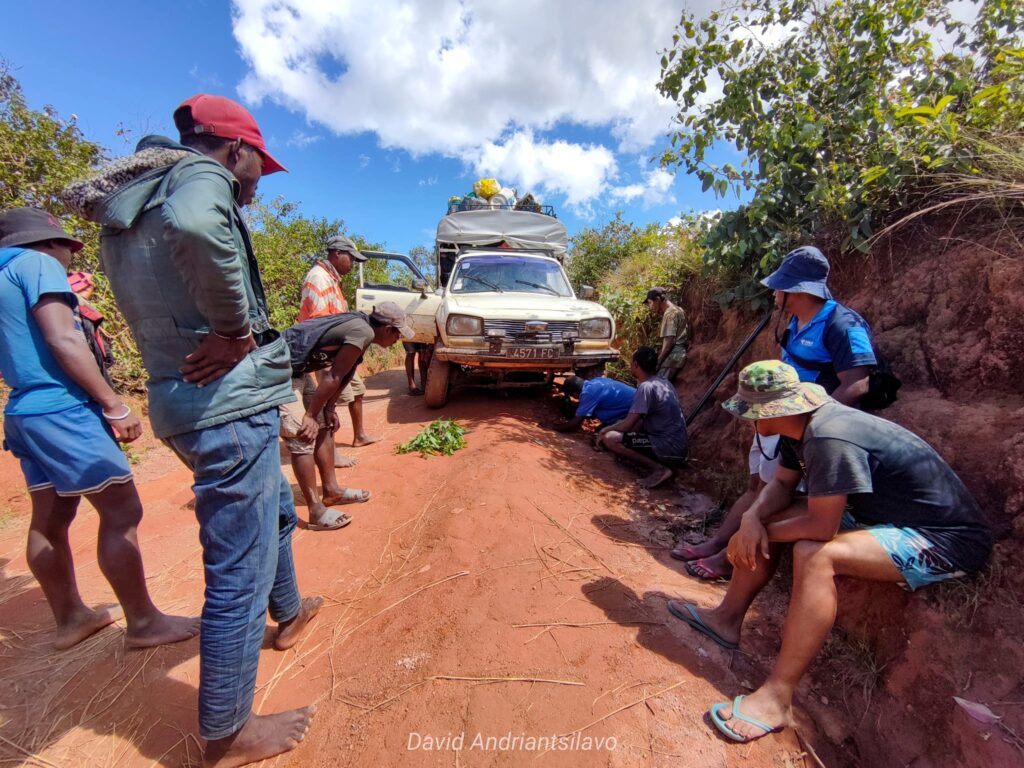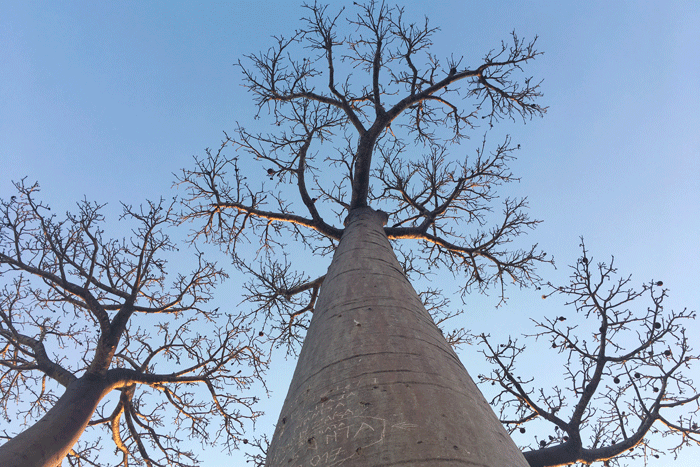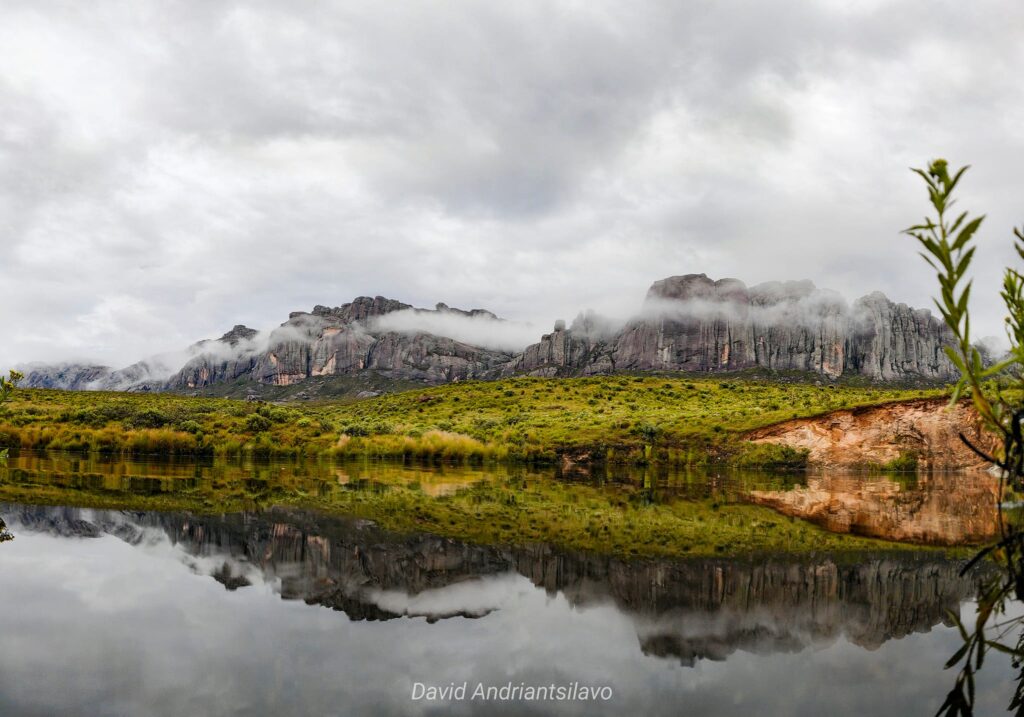Avid travelers and world adventurers, welcome to Madagascar! One of the world’s largest islands, the island-continent, the red island: all names that evoke a mosaic of peoples from migrations near and far, but also a unique nature, against a backdrop of many historical and economic reversals. A land of surprises and resourcefulness, here are a few things you absolutely must know before coming to Madagascar.
Unique Biodiversity :

Detached from the primitive African continent tens of millions of years ago, Madagascar is home to extraordinary biodiversity, with approximately 90% of its flora and fauna being endemic. It has been referred to as a “Nature Sanctuary” for several decades, highlighting both the uniqueness and mystery of its environment. For instance, lemurs are exclusive to the island of Madagascar, baobabs of which seven species exist here, while only one species has spread across the entire African continent and the coelacanth, a living fossil, are among the island’s emblematic species.
Culture and languages :

Throughout most of the island, Malagasy people speak mainly French, taught from primary school level, and the national language is Malagasy, although several regional dialects exist. Unlike many African countries, everyone here understands each other. Malagasy culture is rich and varied, influenced by the African, Asian, and Arab origins of its inhabitants. The Malagasy people are divided into 18 ethnic groups. Among the best known are the Merina, Betsileo, Sakalava, Betsimisaraka, and Mahafaly. You can distinguish them by their way of life and Malagasy accent, depending on the region.
The Lemurs :

The stars of Madagascar’s wildlife are the lemurs, the island’s endemic primates. Contrary to popular belief, there are no lions, zebras, or hippos in Madagascar. Closely related to apes, lemurs have evolved little over the last 50 million years, retaining the fox-like face of their common primate ancestor and possessing a highly developed sense of smell. The scent of fruits, especially bananas, attracts them from afar. Lemurs have become extinct everywhere else in the world except Madagascar, where around 100 species and subspecies (both diurnal and nocturnal) thrive.
The National Parks :

Madagascar enjoys a number of incredible national parks scattered across the island. Over forty of these parks and reserves are managed by Madagascar National Parks (MNP) in co-management with local populations. Not all of MNP’s protected areas are accessible to the public. There are three types: national parks like Isalo or Tsingy de Bemaraha, which are open to all visitors; special reserves created to protect specific animal or plant species, such as Analamazaotra in Andasibe, also accessible to the public; and fully protected reserves reserved exclusively for researchers. Additionally, there are several forest reserves managed by NGOs, associations, and private individuals, all open to the general public but sometimes requiring higher entrance fees.
The famous Baobab avenue :

Baobabs, majestic and peculiar trees, are a symbol of Madagascar. The Allée des Baobabs near Morondava (between Morondava and Belo) is an emblematic site where these ancient trees create a surreal landscape. It’s hard to resist the allure of this majestic row, and you’ll surely pause to admire the spectacle. This avenue is undoubtedly the most photographed natural site in Madagascar. We recommend visiting at sunset or sunrise for a more beautiful and cooler experience.
Diverse geography :

Madagascar offers impressive geographical diversity, including mountains, rainforests, deserts, and heavenly beaches. The Andringitra Massif is renowned for its craggy peaks and rock formations, making it a must-see destination. You can also embark on an expedition to explore the Makay Massif, which can be combined with a visit to Isalo National Park. Madagascar is sure to surprise you.
Malagasy Cuisine :

Malagasy cuisine is a unique blend of African, Asian, and French influences. Your meals will vary according to the region (Highlands or coastal areas) and where you choose to dine: on the streets or in markets, in “hotely” (small eateries), in popular Malagasy restaurants, or in more classic establishments. You’ll enjoy a relatively diverse culinary experience and won’t be disappointed. Typical dishes include ravitoto (pounded cassava leaves), romazava (a stew of meat and brèdes), and rice, which is a staple in almost every meal.
The Fady (forbidden or taboo) :

Madagascar is also the land of ancestors, where the memories and traditions of peoples from other continents are preserved. The “fady” are part of these cultural and religious taboos, which vary from region to region. They play a crucial role in daily life, and respecting them is essential for Malagasy people. This may include prohibitions on entering sacred places, specific days of access, dress codes, or dietary customs. Learn more about respecting these traditions in the region you plan to visit.
History and Colonization :

Madagascar has a rich history, marked by powerful indigenous kingdoms and French colonization that left a lasting imprint. The island gained independence in 1960. A number of historical sites and museums still evoke the memories of a past that marked the lives of Madagascar’s ancestors.
Environmental Challenges :
Although rich in biodiversity, Madagascar faces significant environmental challenges, including deforestation, mining, and pressure on natural habitats. Conservation is crucial to protect the island’s natural treasures. Here are a few common-sense rules that can really make a difference: never light fires in areas not designated for this purpose, bury biodegradable waste and carry out non-biodegradable waste, including toilet paper. Respect the numerous “fady” associated with sacred sites. There are many such taboos, but don’t worry, your guide will assist you in being as respectful as possible.
And please consider supporting our environmental and humanitarian efforts with Vivy Green and Humanity.






